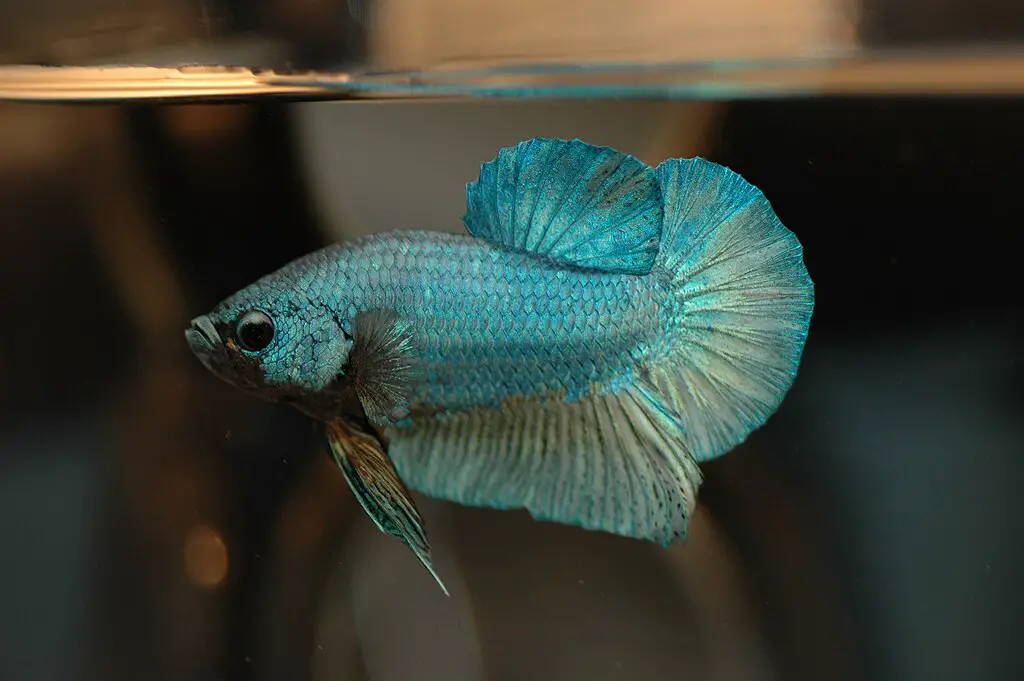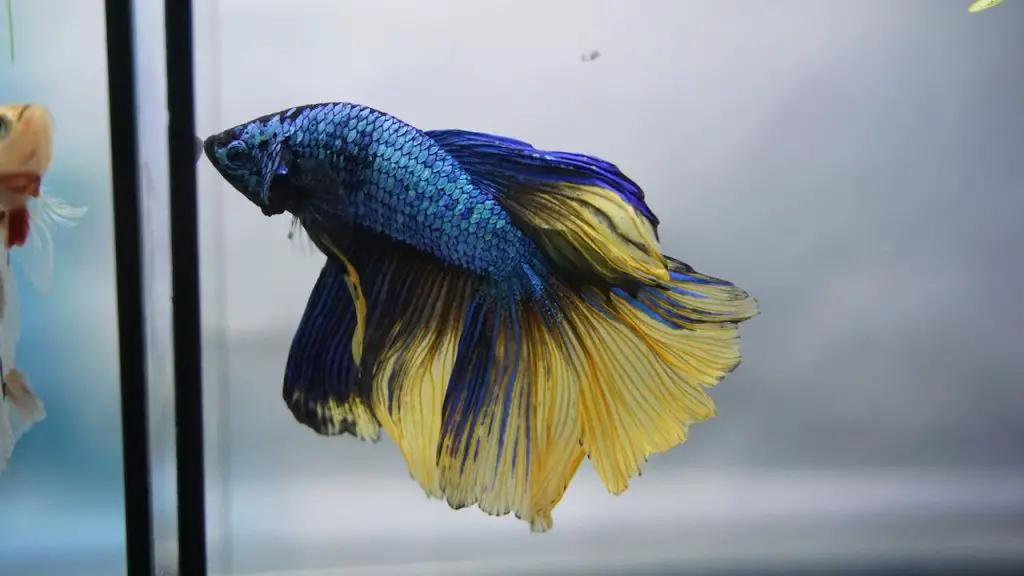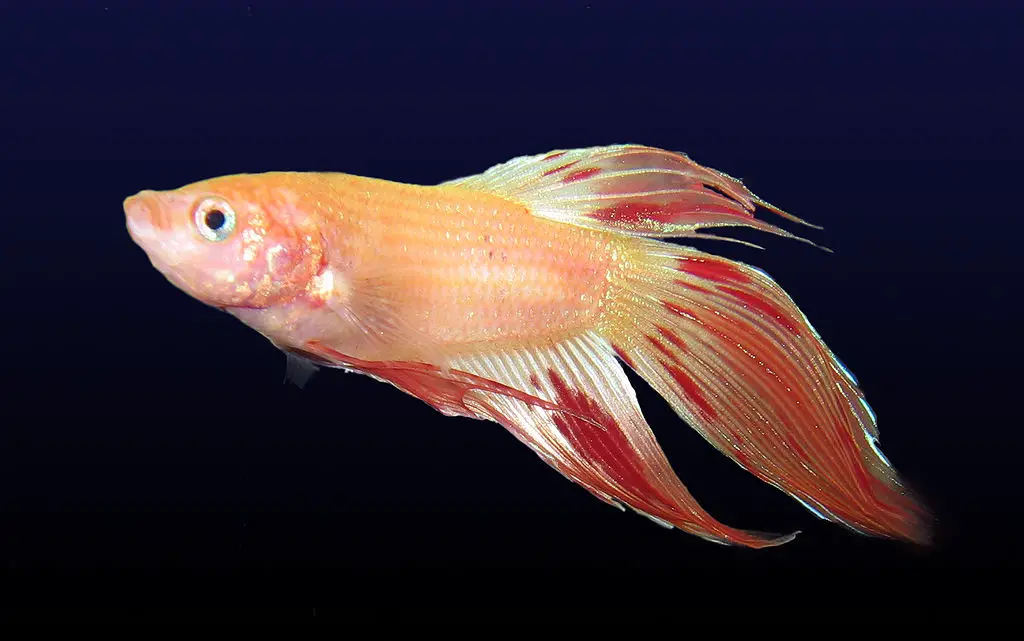For enthusiasts and pet owners, the vibrant betta fish offers a splash of color and energy to any aquarium. However, these compelling aquatic characters are not without their share of betta fish skin problems and health issues.
Although they boast resilience, betta fish are prone to various common diseases that can manifest in worrisome symptoms such as skin peeling. Unlike reptiles that shed their skin, betta fish scales grow along with them, meaning peeling is often a sign of distress or ill health.
Understanding the root causes and preventative measures is crucial for maintaining the well-being of betta fish. This includes comprehensive betta fish care tips, techniques for preventing betta fish skin peeling, and a proactive approach to betta fish disease prevention.
Key Takeaways
- Identifying betta fish skin problems early can prevent the progression of common diseases.
- Proper care and maintenance are fundamental in preventing betta fish skin peeling and other health issues.
- Quality water conditions are pivotal in betta fish disease prevention and overall health.
- External symptoms such as skin peeling require prompt action and suitable treatments.
- Regular monitoring and adjusting the betta fish’s environment can mitigate health risks.
- Knowledge of betta fish care tips offers owners a greater ability to maintain their pet’s health.
Treatment Options for Skin Peeling

When confronted with betta fish skin disease, timely and accurate treatment is critical. Owners noticing symptoms of betta fish skin peeling, such as skin flaking or pine-coning—where scales appear raised and spread outward—should act quickly. The initial step in treating betta fish skin disease is isolation.
Isolating the affected betta prevents the spread of potential infections to other aquatic life and allows for more focused treatment.
Medications and Professional Care
To address betta fish skin peeling and associated conditions like betta fish tail problems or fin problems, a range of treatment options should be considered. Starting with betta fish treatment, one may use betta-specific antibiotics or a broad-spectrum fish antibiotic, emphasizing adherence to dosage and treatment duration as instructed.
Products like Betta Revive may offer relief, particularly when addressing external afflictions like parasites. For persistent fungal issues, treatments may include antifungal agents like API MELAFIX, an antibacterial remedy known for its efficacy in treating betta fish skin treatment.
Other pharmacological interventions might involve compounds such as methylene blue and malachite green, which are particularly effective against parasitic diseases, including ICH.
Monitoring and Recovery Process
Beyond administering medication, managing betta fish fin problems and skin conditions requires vigilant monitoring of the recovery process.
Ensuring pristine water quality through frequent changes, coupled with fungus eliminators, creates an environment conducive to the healing and regrowth of tissue. Introducing sodium chloride to the tank can aid in treating certain parasitic infections and support recovery.
Regular examination of the betta’s skin and fins for signs of improvement or deterioration will help dictate the need for potential treatment adjustments. With dutiful care and a strategic approach to treating betta fish skin peeling, these resplendent aquatic pets can return to their healthy, vibrant selves.
Additional Considerations in Betta Fish Care

Ensuring betta fish health extends beyond immediate medical interventions for diseases such as betta fish fin rot or skin shedding. L
ong-term care strategies play a crucial role in not only healing betta fish but also preventing future ailments. By addressing the intrinsic factors of their aquatic environment, including water quality and diet, owners can significantly mitigate risks associated with common betta fish diseases.
Importance of Water Quality and Diet
Key to maintaining optimal betta fish care is vigilance in water quality management. Regular water changes are essential to remove harmful toxins and maintain the balance of ammonia and pH levels.
Introducing a suitable filtration system and careful substrate vacuuming contribute to cleaner living conditions, which are fundamental in defending against opportunistic bacterial and fungal diagnoses.
Additionally, a stable diet, predominantly constituted of high-grade pellets supplemented with occasional live food, is vital for nutritional balance, minimizing the risk of issues like betta fish skin discoloration and ensuring a robust immune system.
Recognizing Signs of Stress in Betta Fish
Betta fish may manifest stress through various behavioral and physical signs, which could indicate the onset of health concerns such as betta fish fin rot or skin shedding.
Indicators such as lethargy, clamped fins, loss of appetite, and erratic swimming should prompt an immediate review of their habitat for potential stressors.
Adjusting factors such as tank mates, decor with sharp edges, and water temperature regularity are proactive measures to foster a serene environment conducive to enhancing betta fish health. Careful observation coupled with preventative care strategies forms the cornerstone of efficient betta fish care.


